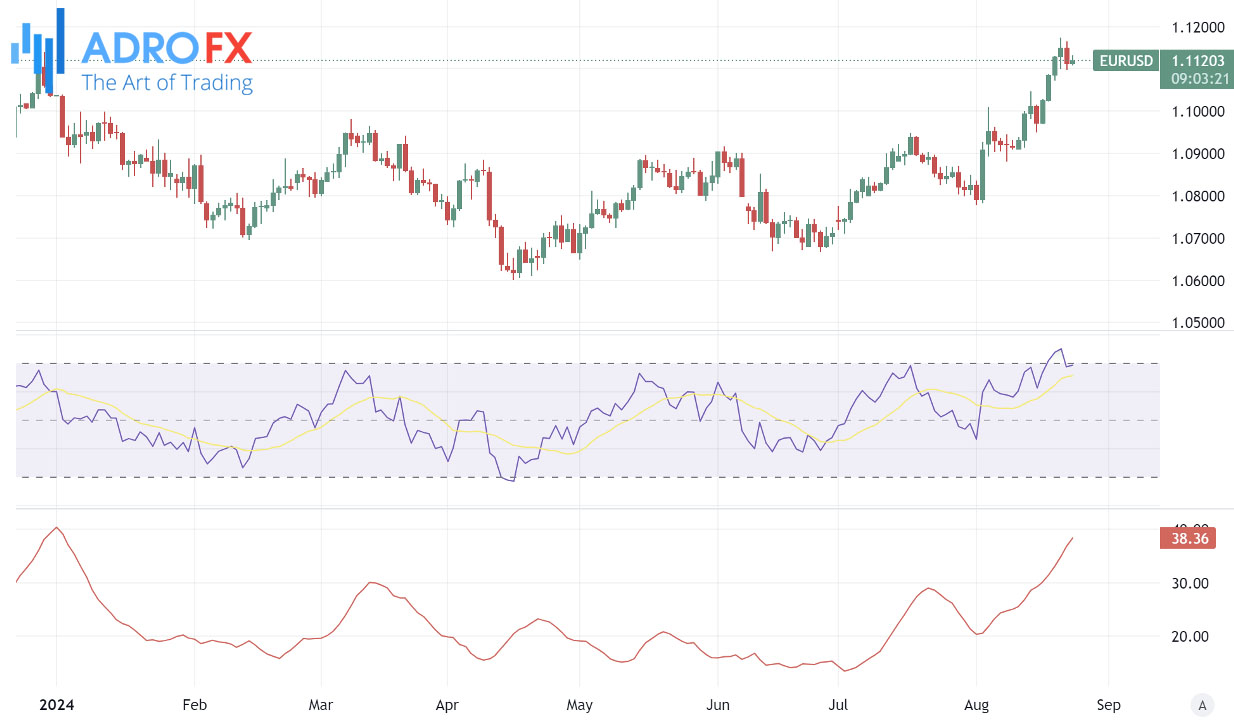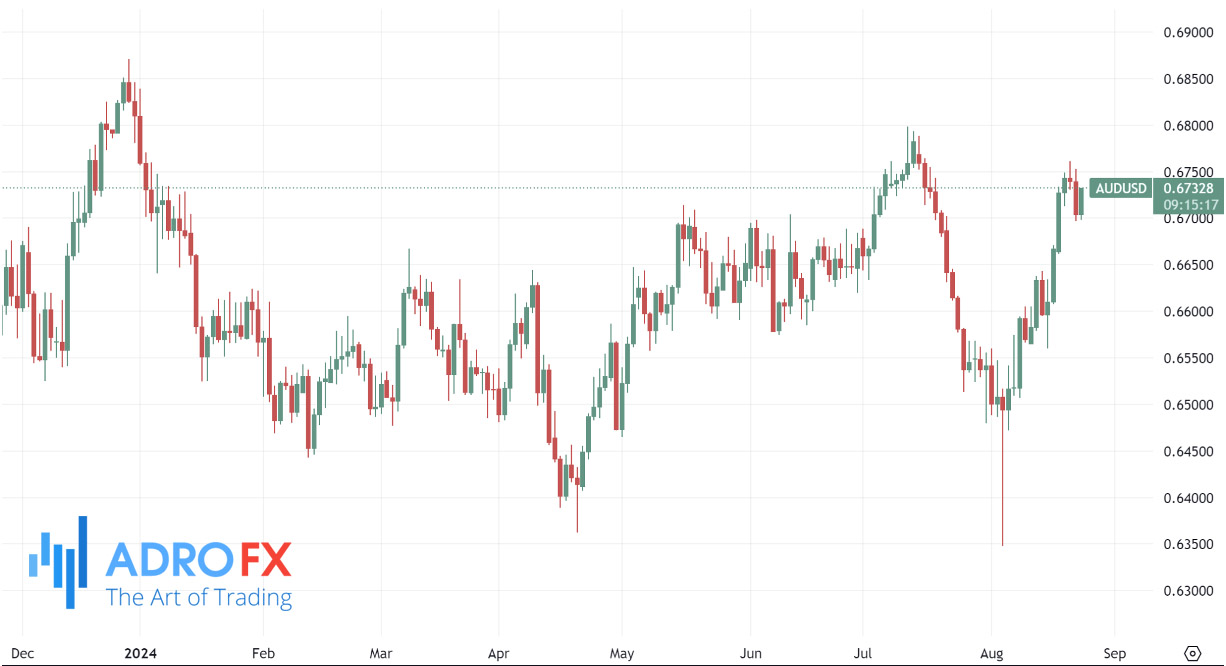Integrating Range Trading with Other Strategies: Enhancing Your Trading Plan

Range trading is a trading strategy that focuses on identifying and capitalizing on price movements within a defined range. This range is typically characterized by a consistent oscillation between two price levels - support and resistance. Support is the price level where demand tends to prevent the asset from falling further, while resistance is the level where selling pressure prevents the price from rising. Traders using this approach buy at the support level and sell at the resistance level, aiming to profit from predictable price fluctuations within this confined range. Range trading is particularly effective in markets that lack a clear trend and exhibit sideways movement.
While range trading can be profitable in certain market conditions, it has limitations, especially during times of market volatility or when a trend emerges. Integrating range trading with other strategies, such as trend-following or breakout trading, can provide a more versatile and adaptive trading plan. By combining strategies, traders can better navigate various market scenarios, increasing their chances of success. This integrated approach allows traders to capitalize on different market phases - ranging from consolidation to trending or breakout periods - thereby enhancing their overall performance.
The goal of this article is to explore how traders can effectively combine range trading with trend-following and breakout strategies to maximize their trading opportunities. We will delve into the principles of each strategy, discuss how they can complement each other, and provide practical guidance on implementing an integrated trading plan. By the end of this article, you will have a clearer understanding of how blending strategies can help you adapt to changing market conditions and improve your trading outcomes.
Understanding Range Trading
Range trading involves identifying a price range where an asset consistently fluctuates between a support level and a resistance level. The key concept behind range trading is to take advantage of these predictable price movements by buying at the support level (where prices tend to bounce back up) and selling at the resistance level (where prices tend to face downward pressure). Traders often use technical analysis tools, such as oscillators and volume indicators, to confirm the strength of the range and make informed entry and exit decisions. The primary objective is to profit from the repetitive price patterns within the range, without expecting a breakout or significant trend development.
Pros and Cons of Range Trading
Range trading offers several advantages, making it an attractive strategy for many traders. One of its key benefits is the consistent trading opportunities it provides in sideways or non-trending markets. When other strategies might struggle, range trading excels by allowing traders to capitalize on predictable price movements within a defined range. Additionally, this approach tends to involve lower risk, as it relies on established support and resistance levels, making it less dependent on predicting market direction. Its simplicity also stands out as an advantage, making it accessible to traders of all experience levels. The strategy's straightforward nature allows for easy implementation and understanding, appealing to those who prefer a more structured trading approach.
However, range trading does come with its drawbacks. A significant risk is its vulnerability to breakouts, where the price moves beyond the established range, potentially leading to substantial losses if the breakout is not anticipated. Another limitation is the strategy's typically smaller profit margins, as it focuses on shorter price movements within the range, unlike trend-following strategies that aim to capture larger market moves. Furthermore, range trading is highly dependent on market conditions. It is only effective in non-trending markets, and during strong trends, it may lead to missed opportunities or losses, limiting its overall versatility.
Typical Market Conditions for Range Trading
Range trading is most effective in markets that are experiencing low volatility and lack a clear directional trend. These conditions are often found during periods of consolidation, where prices are temporarily stable and confined within a certain range. For example, range trading works well in forex markets when currency pairs are not influenced by significant economic events or in stock markets during times of low investor sentiment. It is essential for traders to recognize these market conditions and apply range trading accordingly while being prepared to switch strategies when a trend or breakout emerges.
Combining Range Trading with Trend-Following
Trend-following strategies focus on identifying and capitalizing on the momentum of a market that is moving consistently in one direction, whether upward or downward. Traders who follow trends aim to enter positions in the direction of the prevailing trend and hold them until the trend shows signs of reversing. This strategy works well in trending markets, allowing traders to capture significant price movements by riding the wave of market momentum.
The combination of range trading and trend-following strategies can create a more adaptable and effective trading plan. These strategies can complement each other by providing opportunities in both sideways and trending markets. For instance, during consolidation phases where the market is not trending, range trading allows traders to capitalize on predictable price movements within established support and resistance levels. When the market breaks out of the range and begins to trend, switching to a trend-following strategy can help traders capture the larger price movements that follow. This dynamic approach enables traders to maximize their opportunities across different market conditions.

In practice, traders can blend these strategies by using specific technical indicators to identify the transitions between ranges and trends. For example, during a range-bound market, tools like the Relative Strength Index (RSI) can help traders identify overbought and oversold conditions within the range. Once a breakout occurs, moving averages or the Average Directional Index (ADX) can be used to confirm the start of a new trend, signaling the switch to a trend-following approach. Case studies often show that this combination allows traders to profit from both stable and volatile periods, providing a well-rounded approach to trading.
Integrating Breakout Trading with Range Trading
Breakout trading focuses on capturing significant price movements that occur when the market breaks out of established support or resistance levels. This strategy targets the moments when price action moves decisively beyond these levels, indicating a potential shift in market dynamics and the start of a new trend. Breakout traders aim to enter trades as soon as the breakout is confirmed, capitalizing on the momentum that often follows such moves.
Range trading can be a powerful tool for identifying potential breakout opportunities. By carefully analyzing price movements within a range, traders can spot consolidation phases where the market is preparing for a breakout. When prices repeatedly test support or resistance levels without breaking through, it can signal that a significant move is imminent. Range traders can use this information to position themselves for a breakout by setting up trades that capitalize on the eventual move beyond the range.
Once a breakout occurs, implementing breakout trading techniques can help maximize potential profits. This involves using Stop Loss orders to manage risk and position sizing to ensure that the trade aligns with the trader's risk tolerance. For example, placing a Stop Loss just below the breakout level can protect against false breakouts while allowing the trade to capture the full potential of the move. Traders can also use trailing stops to lock in profits as the market continues to move in their favor.

Using the chart above, let's have a look at the case study to align with the observed market data:
A trader observes the AUD/USD pair fluctuating within a defined range, as shown in the chart. Recognizing the consolidation phase, the trader employs range trading techniques to identify the support and resistance levels. After weeks of monitoring, a breakout occurs as the price moves above the resistance level around 0.6750. The trader shifts their strategy to a breakout trading approach, entering a long position once the breakout is confirmed. By implementing strong risk management and giving the trade time to develop, the trader successfully rides the momentum of the breakout, effectively demonstrating the power of combining range trading with breakout strategies.
Blending Strategies for a Comprehensive Trading Plan
Creating a comprehensive trading plan involves more than just relying on a single strategy. By blending different approaches, such as range trading, trend-following, and breakout strategies, traders can develop a more versatile and adaptive plan that thrives in various market conditions. This section will explore how to integrate these strategies into a cohesive plan that maximizes opportunities while effectively managing risks.
Adapting to Market Conditions
Combining range trading, trend-following, and breakout strategies provides traders with the flexibility to adapt to various market conditions. In sideways markets, range trading offers consistent opportunities as the price oscillates between support and resistance levels. However, when the market transitions into a trending phase, switching to trend-following strategies allows traders to capitalize on sustained price movements in one direction. During periods of high volatility, breakout strategies become essential, enabling traders to capture significant price moves as the market breaks through established levels. By blending these strategies, traders can respond effectively to different market environments, ensuring they are well-prepared whether the market is range-bound, trending, or volatile.
Risk Management Considerations
When integrating multiple trading strategies, risk management becomes even more critical. Each strategy carries its own set of risks, and it’s important to allocate capital wisely to avoid overexposure to any single approach. Traders should consider diversifying their capital across different strategies, ensuring that no single position or method dominates their portfolio. For instance, during a range-bound market, a portion of capital can be allocated to range trades, while another portion is reserved for potential breakouts. Additionally, setting appropriate Stop Loss levels and using position sizing techniques can help manage risk across different strategies. Effective risk management not only protects against losses but also enhances the overall stability and performance of the trading plan.
Customizing Your Trading Plan
Every trader has unique risk tolerance, trading style, and goals, and it’s essential to tailor a trading plan that aligns with these individual preferences. When blending range trading, trend-following, and breakout strategies, traders should customize their approach to fit their personal strengths and weaknesses. For example, a trader who prefers shorter timeframes might focus more on range and breakout strategies, while a trader with a long-term outlook may prioritize trend-following. By adjusting strategy parameters, such as timeframes, indicators, and risk limits, traders can create a comprehensive plan that suits their specific needs. The key is to continuously refine and adjust the plan as market conditions change and as the trader gains experience.
Tools and Indicators for Integration
To successfully blend multiple strategies, traders need the right tools and indicators to guide their decisions. This section will introduce key technical indicators and trading platforms that facilitate the integration of range trading, trend-following, and breakout strategies. By utilizing these tools, traders can enhance their ability to execute a well-rounded and effective trading plan.

Key Technical Indicators
Several technical indicators can help traders seamlessly integrate range trading, trend-following, and breakout strategies. Moving averages (MAs) are fundamental in identifying trends; for instance, a crossover of short-term and long-term MAs can signal the transition from a range-bound market to a trend. Bollinger Bands are effective for range trading as they identify overbought or oversold conditions within a range, and when combined with a breakout strategy, they can highlight potential breakout points. The Relative Strength Index (RSI) is another versatile tool that aids in both range trading and trend-following, by identifying momentum and potential reversals. These indicators, when used together, provide a comprehensive view of the market, allowing traders to make informed decisions across different strategies.
Trading Platforms and Tools
Choosing the right trading platform is crucial for effectively combining these strategies. Platforms like MetaTrader 4 (MT4) offer advanced charting tools, customizable indicators, and automated trading capabilities, making them ideal for traders who want to integrate multiple strategies. TradingView is another popular platform known for its user-friendly interface and extensive range of indicators, perfect for analyzing and blending different trading approaches. Additionally, platforms with backtesting features allow traders to test their combined strategies against historical data, ensuring they perform well under various market conditions. Leveraging these tools helps traders efficiently manage and execute their strategies, leading to more consistent and profitable outcomes.
Conclusion
Integrating range trading with trend-following and breakout strategies can revolutionize your trading approach, offering a balanced and adaptive plan that caters to various market conditions. By blending these strategies, you can capitalize on consolidation phases, seamlessly transition into trends, and catch significant breakout movements. This comprehensive strategy not only diversifies your opportunities but also enhances your ability to manage risk, ensuring that your trading remains consistent and profitable over the long term.
The advantages of strategy integration are clear: more versatility, better risk management, and the ability to navigate different market environments with confidence. But the key to success lies in taking the next step - experimenting, refining, and tailoring these strategies to fit your unique trading style and goals. Whether you’re seeking to minimize risks or maximize profits, developing a well-rounded trading plan that incorporates these techniques can significantly elevate your trading performance.
Now is the time to put these integrated strategies to the test. AdroFx offers the perfect platform to refine your trading skills without the risk. Open a free demo account with AdroFx and practice implementing your blended trading plan in real-time market conditions. With AdroFx’s advanced tools and resources, you can confidently develop a strategy that works for you. Start your journey towards more successful trading today - click here to open your demo account with AdroFx and experience the benefits of a well-integrated trading strategy firsthand.
About AdroFx
Established in 2018, AdroFx is known for its high technology and its ability to deliver high-quality brokerage services in more than 200 countries around the world. AdroFx makes every effort to keep its customers satisfied and to meet all the trading needs of any trader. With the five types of trading accounts, we have all it takes to fit any traders` needs and styles. The company provides access to 115+ trading instruments, including currencies, metals, stocks, and cryptocurrencies, which make it possible to make the most out of trading on the financial markets. Considering all the above, AdroFx is the perfect variant for anyone who doesn't settle for less than the best.









